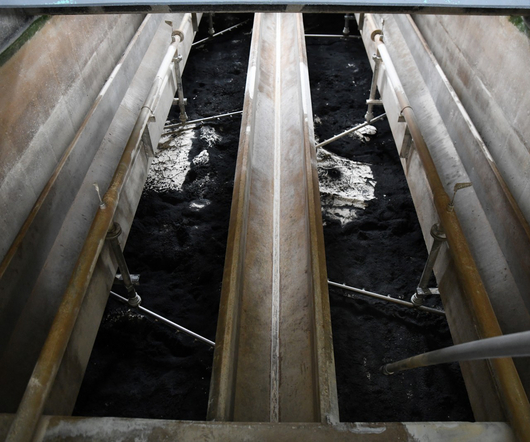Ongoing Battle to Keep Toxic Chemicals at Bay
Circle of Blue
FEBRUARY 15, 2023
But the scare wasted city resources and left water customers on edge for weeks. The Clean Water Act, a landmark federal pollution control law passed in 1972, cleaned up American waterways once fouled by industrial waste. But you know, like, this is the world we live in.” Since the discovery, Ann Arbor has spent $1.5












Let's personalize your content